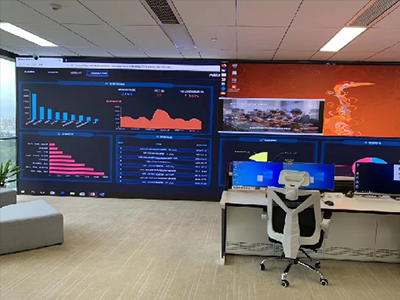ERP系统 & MES 生产管理系统
10万用户实施案例,ERP 系统实现微信、销售、库存、生产、财务、人资、办公等一体化管理
Understanding the Price Evaluation and Budgeting Techniques for MES Systems
When considering the implementation of a Manufacturing Execution System (MES), evaluating the price and establishing a reasonable budget are crucial steps. MES systems play a pivotal role in optimizing production processes, enhancing efficiency, and ensuring quality control in manufacturing environments. However, assessing the cost-effectiveness of MES solutions requires a systematic approach. In this article, we delve into the methods for evaluating MES system prices and provide insights into budgeting techniques to help organizations make informed decisions.
1. Features and Functionality
MES systems vary widely in terms of features and functionality, ranging from basic functionalities to comprehensive solutions with advanced analytics and integration capabilities. Before evaluating prices, it’s essential to define the specific requirements of your organization. Consider factors such as production volume, complexity, regulatory compliance, and scalability. A detailed understanding of the required features will enable you to compare different MES solutions accurately.
2. Total Cost of Ownership (TCO)
Beyond the initial purchase cost, assessing the total cost of ownership is paramount. TCO includes not only the software license fees but also implementation, customization, training, maintenance, and support costs over the system’s lifespan. Calculating TCO helps in understanding the long-term financial implications of implementing an MES system and ensures budget alignment with organizational goals.
3. Vendor Evaluation
Choosing the right vendor is essential for obtaining a cost-effective MES solution. Evaluate vendors based on their reputation, experience, customer references, and support services. Additionally, consider factors such as vendor stability, future roadmap, and commitment to innovation. Engaging with multiple vendors allows for competitive pricing negotiations and ensures that you select a vendor that aligns with your organization’s needs and values.
4. Customization and Integration
MES systems often require customization to align with specific workflows and integrate seamlessly with existing enterprise systems such as ERP (Enterprise Resource Planning) and SCADA (Supervisory Control and Data Acquisition). Assess the level of customization and integration support offered by the vendor and the associated costs. Opt for solutions that offer flexibility without compromising scalability and interoperability.
5. Return on Investment (ROI)
Evaluate the potential ROI of implementing an MES system by analyzing the expected benefits in terms of increased productivity, reduced downtime, improved quality, and regulatory compliance. Conduct a thorough cost-benefit analysis to justify the investment and garner support from stakeholders. Consider factors such as payback period, net present value, and internal rate of return to quantify the financial returns over time.
6. Continuous Improvement and Upgrades
MES systems evolve over time with advancements in technology and changing business requirements. Factor in the costs associated with system upgrades, maintenance, and ongoing support. Ensure that the chosen vendor provides regular updates, patches, and technical assistance to address emerging needs and mitigate risks associated with system obsolescence.
In conclusion, evaluating the price and establishing a reasonable budget for MES systems require a comprehensive understanding of the system’s features, total cost of ownership, vendor capabilities, customization requirements, return on investment, and long-term support. By following a systematic approach and leveraging the insights provided in this article, organizations can make informed decisions and realize the ultimate value from their MES investments.












 咨询顾问
咨询顾问